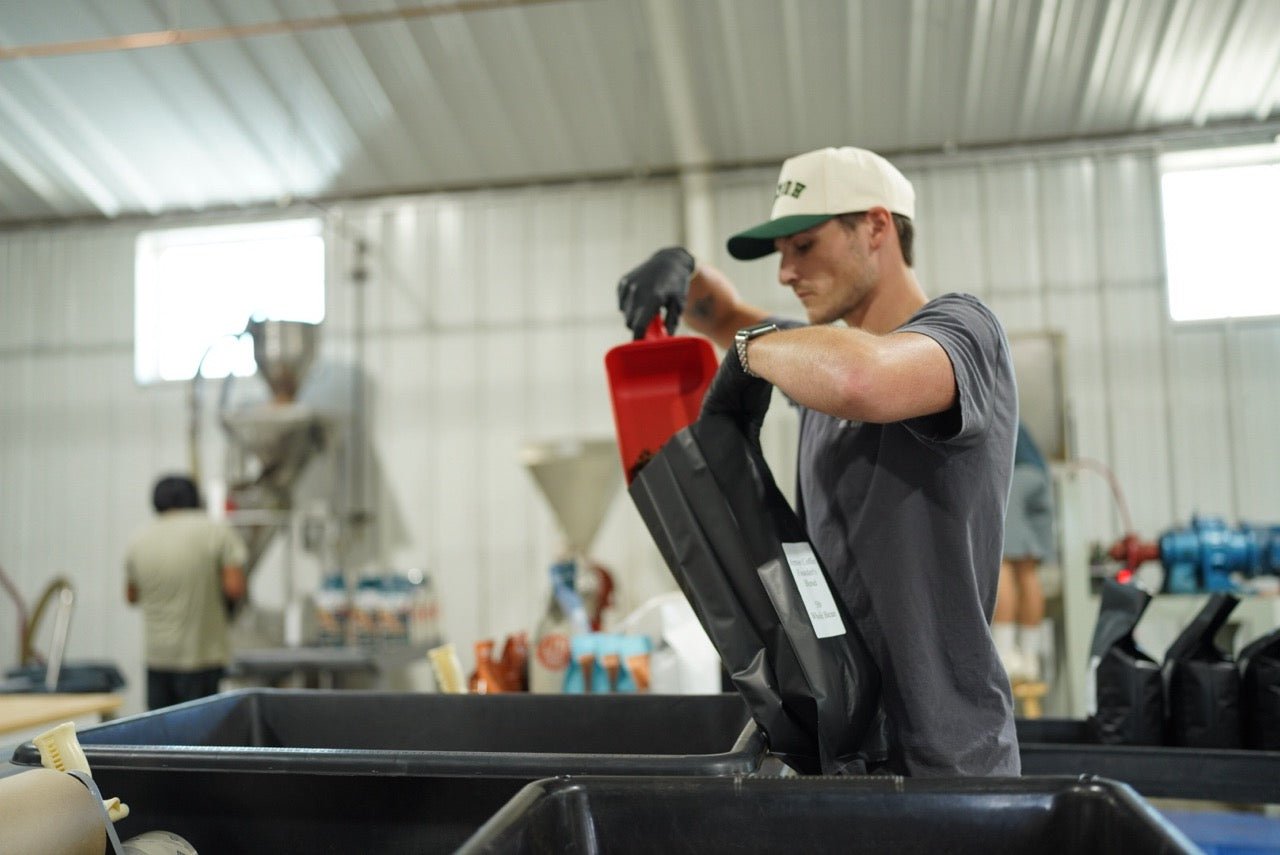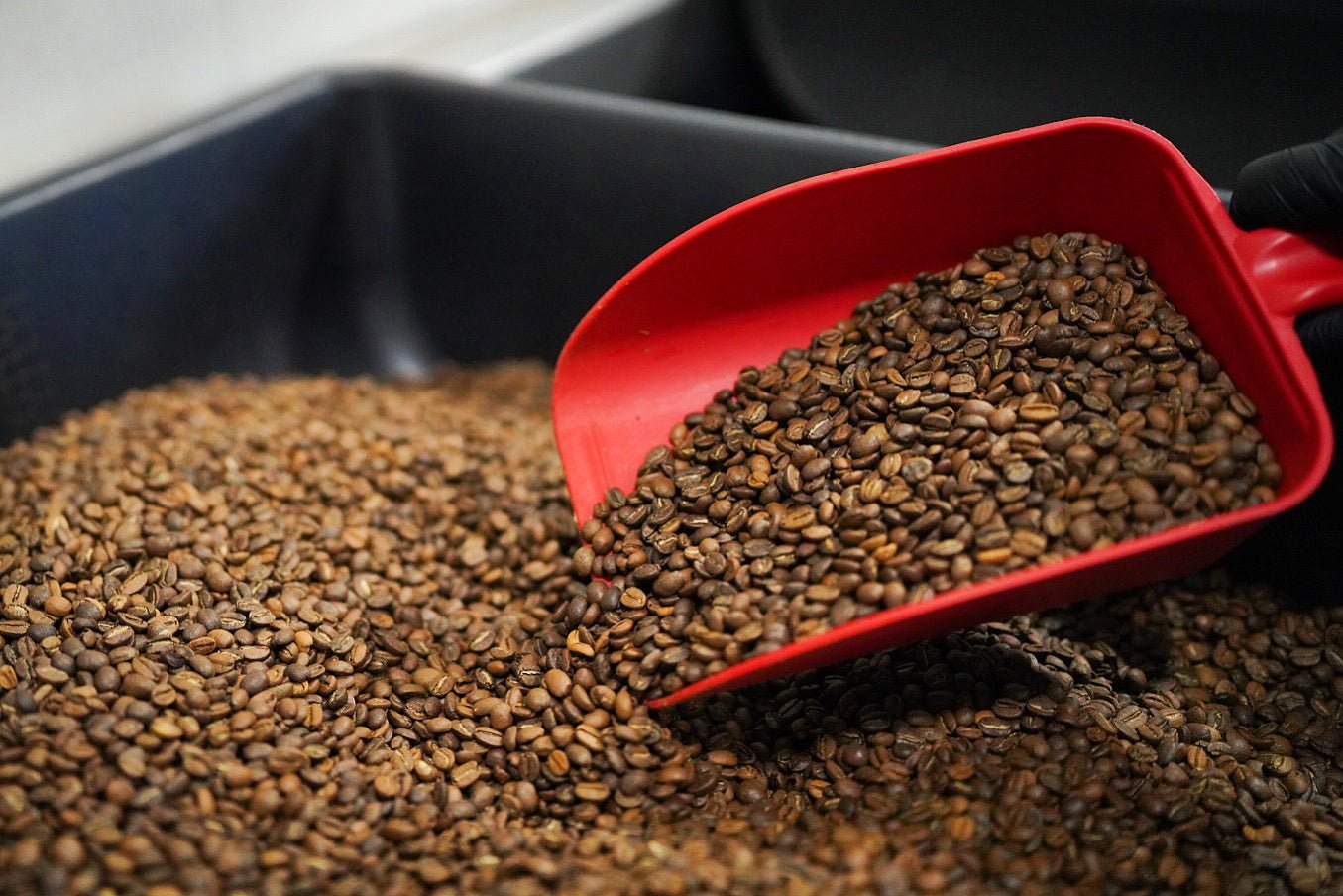The Art and Science of Coffee Cupping: A Guide for Coffee Shop Owners
Coffee cupping is an essential practice for coffee shop owners, roasters, and enthusiasts to evaluate the quality, taste, and aroma of various coffee beans. This method allows you to compare and contrast different coffees and identify the best beans for your coffee shop. In this article, we'll explore the art and science of coffee cupping, discussing the process, necessary equipment, and how to interpret the results to make informed decisions about your coffee offerings.
- The Purpose of Coffee Cupping: Coffee cupping serves multiple purposes, including:
- Identifying the unique flavor profiles, aroma, and quality of different coffee beans.
- Evaluating the consistency and quality of your coffee supplier's beans.
- Discovering new beans and blends to add to your coffee shop's menu.
- Training your palate to recognize and appreciate the nuances in coffee flavors and aromas.
- Coffee Cupping Equipment: To conduct a coffee cupping session, you'll need the following equipment:
- Coffee beans: Select several different beans or blends to evaluate during the cupping.
- Grinder: A consistent, high-quality grinder is essential for an accurate cupping.
- Cupping bowls: Use small, preferably ceramic, bowls or cups to hold the ground coffee and water.
- Hot water: Ensure the water is heated to the appropriate brewing temperature (around 200°F or 93°C).
- Cupping spoons: Use stainless steel spoons with a deep bowl for sampling the coffee.
- Timer: A timer helps you maintain a consistent cupping process.
- Scales: Accurate scales are necessary for measuring coffee beans and water.
- Aroma lids: These can be used to cover the cupping bowls to retain and concentrate the coffee's aroma.
- Cupping forms or score sheets: Use standardized forms to record your observations and scores.
- The Coffee Cupping Process: Follow these steps to conduct a coffee cupping session:
- Begin by grinding the coffee beans for each sample and placing the grounds in the cupping bowls.
- Evaluate the fragrance of the dry grounds, noting any distinct aromas.
- Pour hot water into each cupping bowl, ensuring the coffee grounds are fully saturated.
- Allow the coffee to steep for 4 minutes. During this time, a crust will form on the surface of the coffee.
- After 4 minutes, break the crust with your cupping spoon and evaluate the aroma released during this process.
- Remove any remaining crust or foam from the surface of the coffee.
- Allow the coffee to cool slightly, then use the cupping spoon to sample the coffee from each bowl. Slurp the coffee to aerate it and spread it across your palate for a comprehensive taste evaluation.
- Record your observations on the cupping form, evaluating attributes such as aroma, flavor, aftertaste, acidity, body, and balance.
- Interpreting the Results: After completing the cupping process, review your observations and scores to determine the standout coffee beans. Consider factors such as:
- Overall flavor profile: Does the coffee have a unique and appealing flavor that aligns with your coffee shop's offerings?
- Consistency: Is the quality of the coffee consistent across multiple samples or cupping sessions?
- Balance: Does the coffee have a harmonious balance of flavors, acidity, and body?
Coffee cupping is both an art and science that allows coffee shop owners to evaluate and compare different coffee beans to make informed decisions about their offerings. By understanding the cupping process, investing in the necessary equipment, and learning to interpret the results, you can elevate your coffee shop's offerings and ensure a consistently exceptional experience for your customers.


